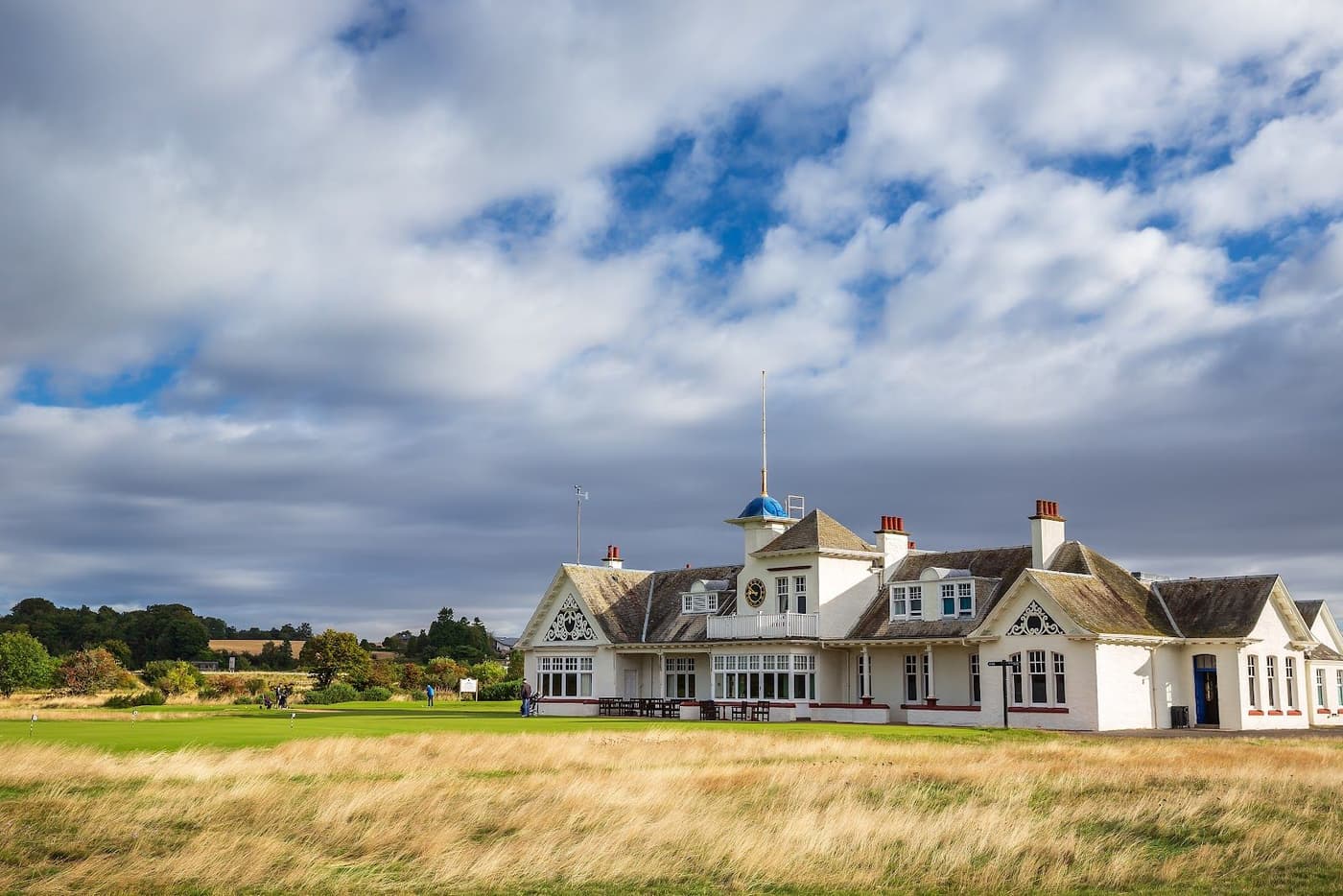
- AddressBurnside Road Barry, Carnoustie DD7 7RT, UK
- Championships hosted
The Panmure Golf Club was founded in 1845, when seventeen gentlemen met and commissioned Allan Robertson and Alexander Pirie from St Andrews to lay out nine holes in the area of Monifieth. They were paid the princely sum of thirty shillings. A further hole was added in 1851, but discarded twenty years later.
In 1880, Panmure was extended to eighteen holes, but before the turn of the century, with the number of clubs playing the course increasing, the Panmure Club resolved to move and settled on the present site in Barry in 1899.
The Dundee Advertiser published on 24th November 1897 had reported that “the ground was surveyed, Tom Morris was engaged to go over it, and as his opinion was favourable” but it appears some financial problem with two of the land owners delayed the project by a couple of years.
In the end, the course was built by the same contractor – R. Duff of Edinburgh – who constructed the St Andrews New and Muirfield courses, both of which were Old Tom Morris layouts.
This Open Qualifying course, a few miles south from Carnoustie on the road to Dundee, lies inland from the Monifieth Links, but Panmure has all the characteristics of a championship links.
There have been changes, and the course has been lengthened from its original design, many of the changes coming from suggestions of James Braid in 1922.
Ben Hogan spent two weeks on the links prior to the Open at Carnoustie in 1953, getting used to the terrain, tight lies and the 1.62 inch ball. It is even reported he cut the 17th green to his specification, and returned the cleaned mower to the head greenkeeper! He won the Open by four shots, creating a course record with 68 in the final round!
There is a gentle beginning before Panmure opens up beyond the pine forest. Hillocks and heather present the same challenge as the more traditional sand dunes. The 6th played at an angle is only 387 yards, but the second shot to the raised green poses a stern test.
The real quality of the course is in the next few holes – so often the case in links golf – either side of the turn. The 7th is the longest par four at 418 yards, the 8th threads between hills and the 10th a long dogleg right, before a change of direction at 11. 12 and 13 are not long, but penalty awaits a wayward shot.
The longest hole, par five 535 yards 14th, precedes a long par three, 234 yards, and then three par fours, long but fairly straight, takes you home.
Course Reviews
Leave a Review
This course has not been reviewed.
If you have played this course, consider .
Thanks for the review
Your review has been successfully submitted and will be reviewed for approval.
Course Reviewed
You’ve already submitted a review for this course.
Course Architect
View All
In 1835, aged fourteen, Old Tom Morris worked in Allan Robertson's St Andrews workshop making golf balls and clubs. It’s said they were never beaten in a challenge match when paired together.



